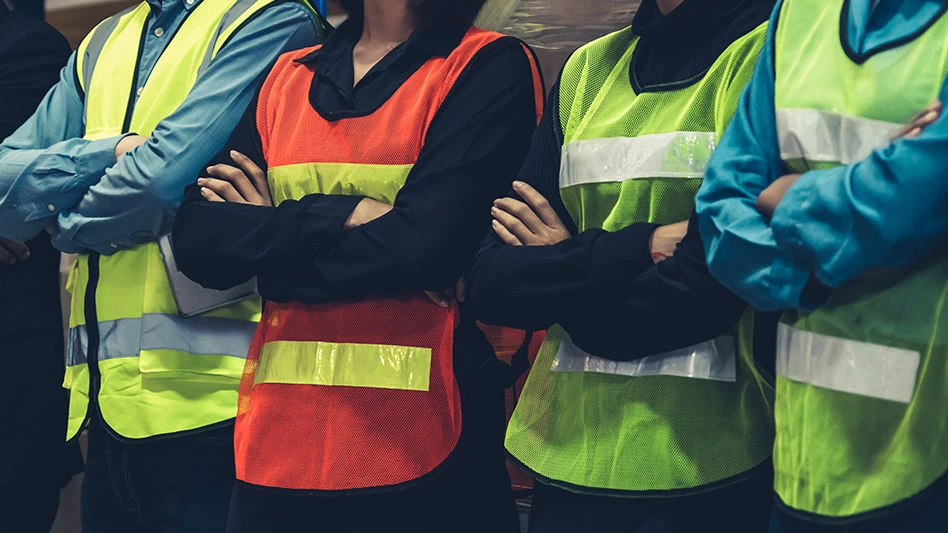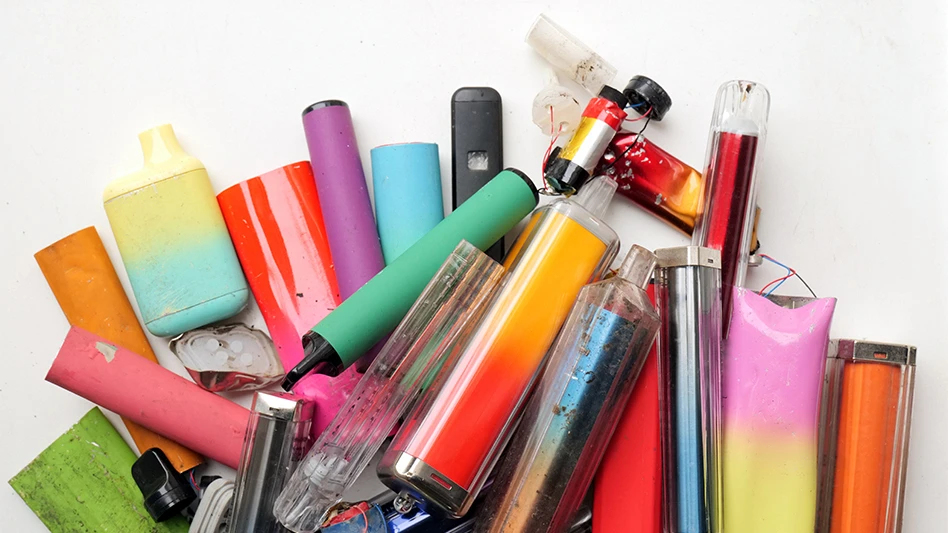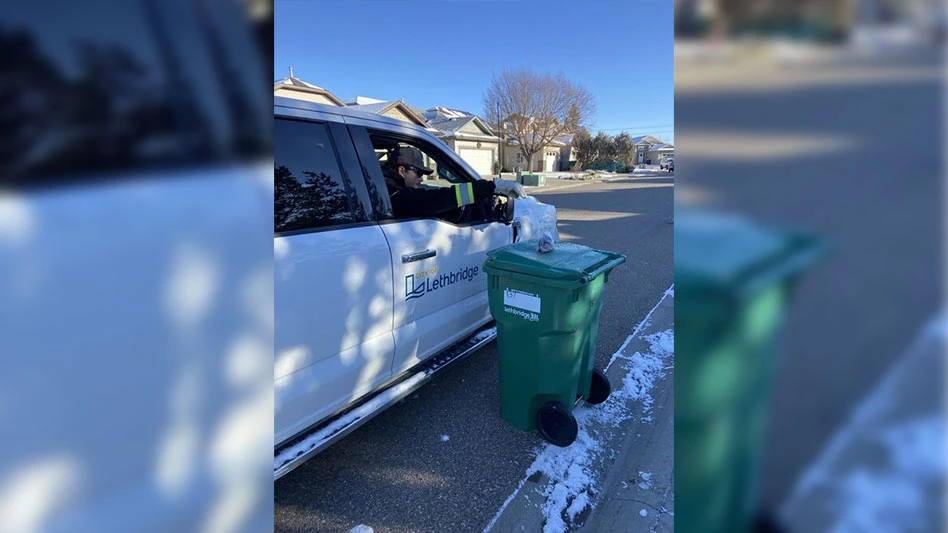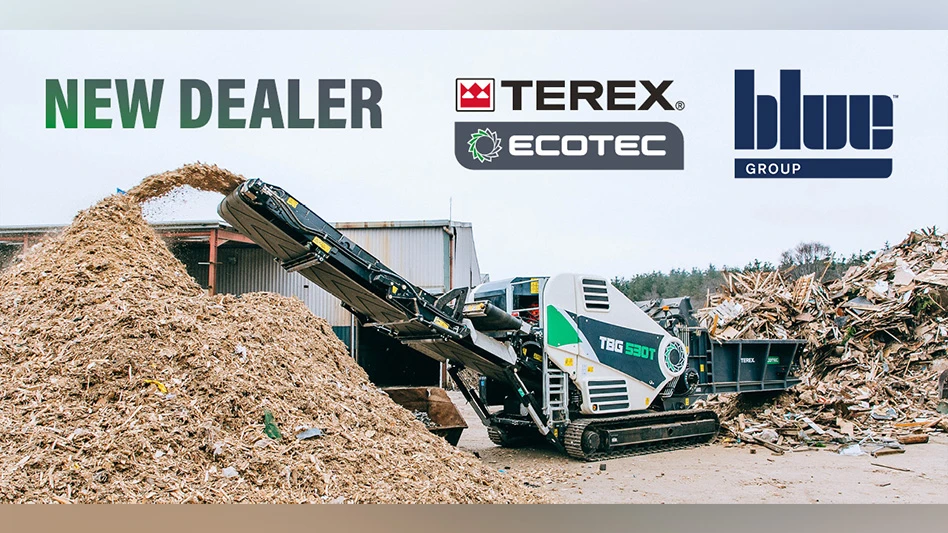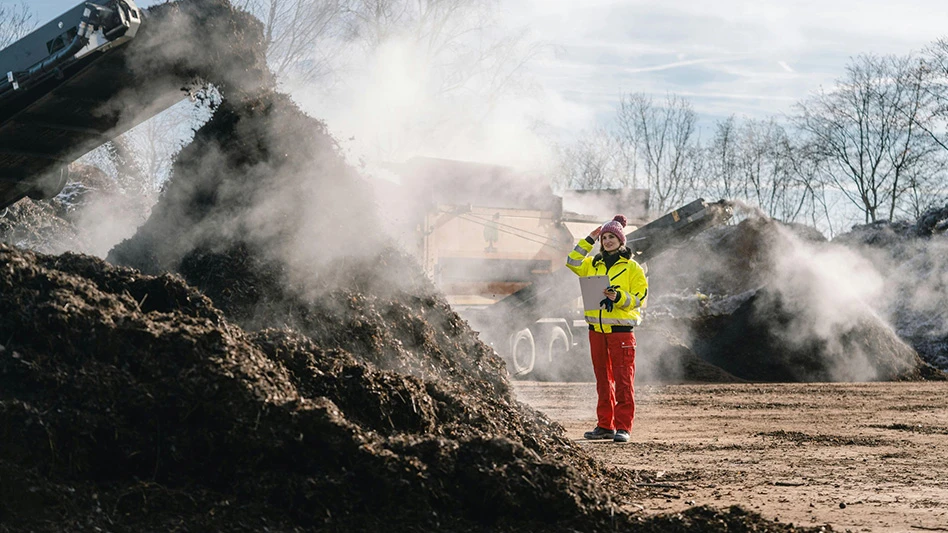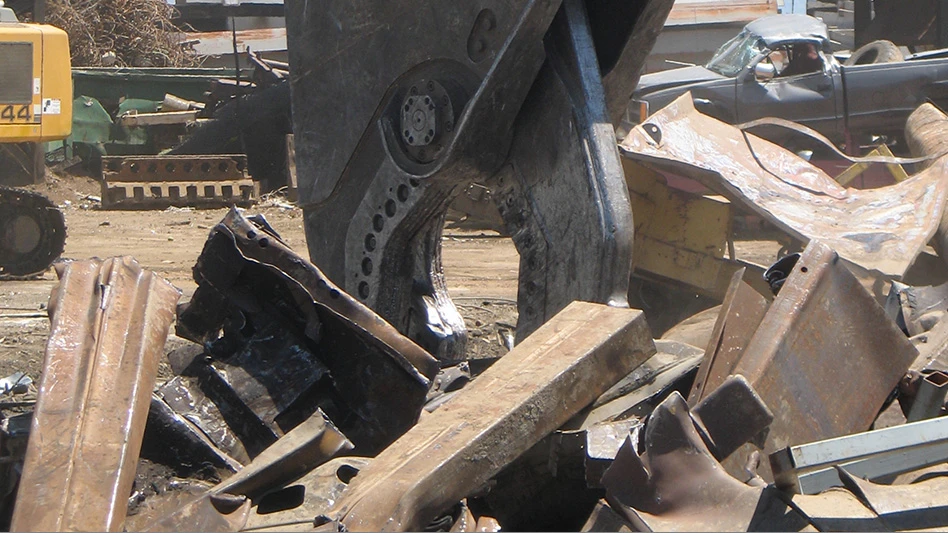
Sodel Vladyslav | stock.adobe.com
The U.S. Environmental Protection Agency (EPA) Office of Research and Development (ORD) and the Centers for Disease Control and Prevention (CDC) and Agency for Toxic Substances and Disease Registry (ATSDR) have completed research on synthetic turf playing fields under the “Federal Research Action Plan on Recycled Tire Crumb Used on Playing Fields and Playgrounds” (FRAP), releasing the results of Part 2 of the study. The findings support the conclusion that while chemicals are present, as expected, in the tire crumb rubber and exposures can occur, they likely are limited.
The Part 1 report, released in 2019, summarizes the research effort to characterize tire crumb rubber, which includes characterizing the components of and emissions from recycled tire crumb rubber. The recently released exposure characterization report summarizes the potential exposures that could be experienced by users of synthetic turf playing fields with recycled tire crumb rubber infill. It includes the results from a supplemental biomonitoring study conducted by CDC/ATSDR.
The agencies say neither Part 1 nor Part 2 of this study constitutes an assessment of the risks associated with playing on synthetic turf fields with recycled tire crumb rubber infill but that the results of the research described in Part 1 and Part 2 of the final report can be used to inform risk assessments.
According to Part 2 of the study’s findings, “Generally, only small amounts of most organic chemicals are released from tire crumb rubber into the air through emissions. For many analytes measured during active play at the outdoor fields, next-to-field concentrations in air were not different than background samples while others were somewhat higher.”
The study also found that only small fractions of metals are released from tire crumb rubber into simulated biological fluids compared with a default assumption of 100 percent bioaccessibility.
In the biomonitoring pilot study conducted as part of the research, concentrations for metals measured in blood were similar to those in the general population, and no differences in polycyclic aromatic hydrocarbon (PAH) metabolites in urine were observed in the supplemental biomonitoring study between study participants using natural grass fields and those on synthetic turf fields with tire crumb rubber infill.
The report also cites three independent studies that demonstrate the safety of synthetic turf fields or system components:
- Netherlands National Institute for Health and Environment writes that the “risk to health from playing sports on these synthetic turf fields is virtually negligible.”
- European Chemicals Agency found “no reason to advise people against playing sports on synthetic turf containing recycled rubber granules as infill material.”
- National Toxicology Program found there “was no evidence of toxicity in mice from ingestion of crumb rubber.”
Tire recycling company Liberty Tire Recycling, headquartered in Pittsburgh, says the study adds “a powerful new resource to the body of literature demonstrating that recycled rubber is a win for the public and the environment.”
"Safety has always been one of our top priorities for the public, our employees and the environment,” says Thomas Womble, CEO of Liberty Tire Recycling. “I want to thank the U.S. Environmental Protection Agency and other federal agencies that have worked on this project to help reassure the public about the use of recycled rubber.
The report also found that when looking at four specific chemicals—pyrene, benzo[a]pyrene, zinc and lead—players who use synthetic turf fields with crumb rubber have exposure levels "similar to, or somewhat lower" or even "substantially lower" than the public. These results indicate players are seeing no greater levels of exposure to these chemicals than nonplayers, reaffirming similar studies that have concluded there is no elevated health risk and no reason to advise people against playing sports on synthetic turf containing recycled rubber, Liberty adds.
The Recycled Rubber Coalition (RRC), Washington, also released a statement concerning the study’s findings: “As anticipated, the Recycled Rubber Coalition is thrilled to see the positive research findings from the U.S. federal government's 'Synthetic Turf Field Recycled Tire Crumb Rubber Characterization Research Final Report'—the largest study ever conducted in the country on this topic.
“This report adds to a growing body of evidence that confirms what we have long known to be true: Crumb rubber infill is safe and crumb rubber turf fields are as safe as natural grass fields. It is of the utmost importance to our industry that playspaces are safe for our loved ones, and that is why we have supported this research from the outset.
“We want to express our appreciation to the Environmental Protection Agency, Centers for Disease Control/Agency for Toxic Substances and Disease Registry and the Consumer Product Safety Commission for the years of work that went into this thoughtful, thorough assessment," the RRC adds.
“We thank the EPA for the dedication and time that went into this report and are pleased to see it reaffirms what other research has shown: Synthetic turf and its system components are safe," Melanie Taylor, president and CEO of the Synthetic Turf Council, Forest Hill, Maryland, says. "Synthetic turf systems unlock thousands of hours of additional play across America, save millions of gallons of water annually and provide a more consistent playing surface. Our industry has long been and remains committed to safety and creating sustainable play spaces, and we are pleased to see that the largest study ever conducted on crumb rubber infill in the country demonstrates there is no elevated health exposure for playing on synthetic turf systems."
Latest from Recycling Today
- Phoenix Technologies closes Ohio rPET facility
- EPA selects 2 governments in Pennsylvania to receive recycling, waste grants
- NWRA Florida Chapter announces 2025 Legislative Champion Awards
- Goldman Sachs Research: Copper prices to decline in 2026
- Tomra opens London RVM showroom
- Ball Corp. makes European investment
- Harbor Logistics adds business development executive
- Emerald Packaging replaces more than 1M pounds of virgin plastic
